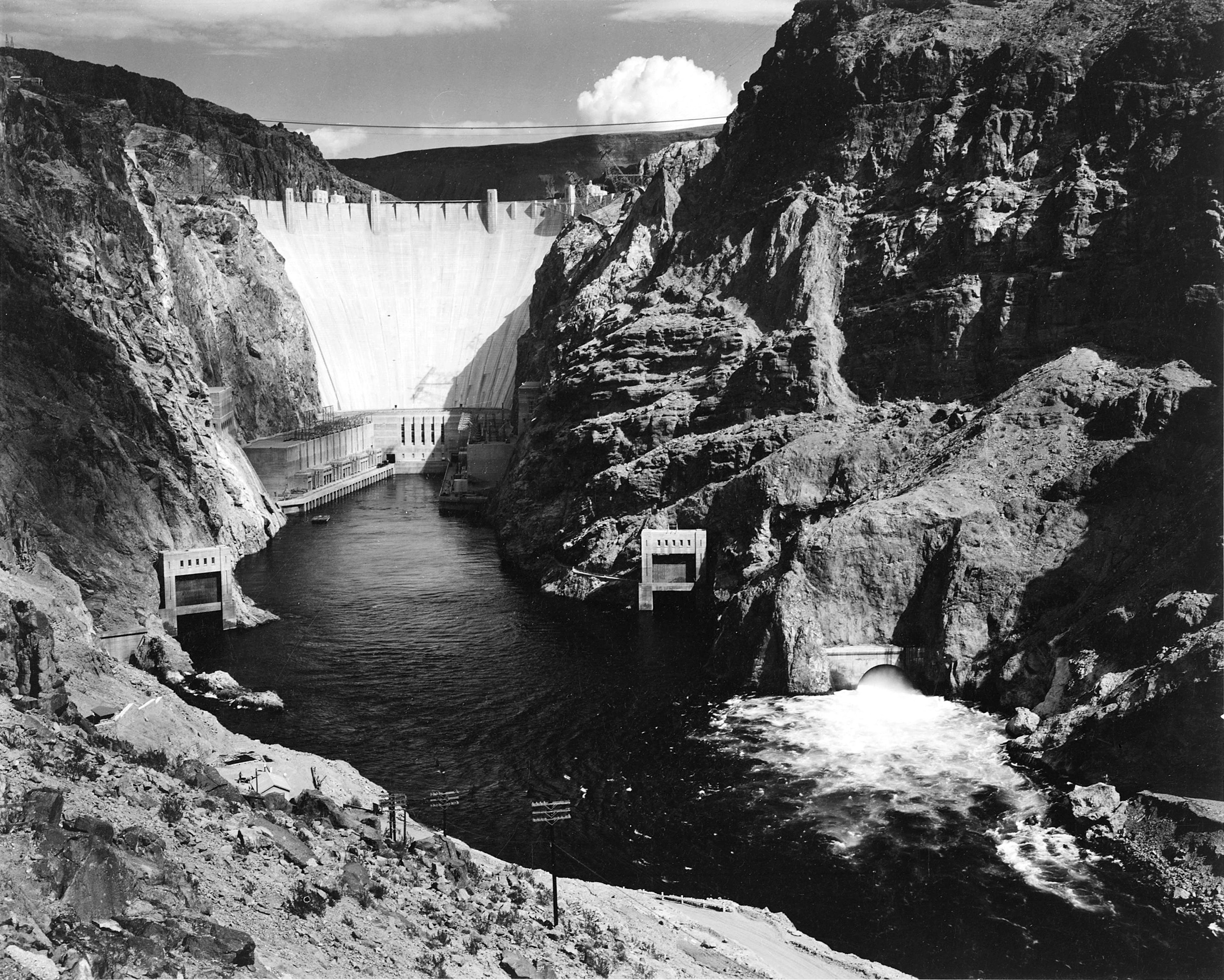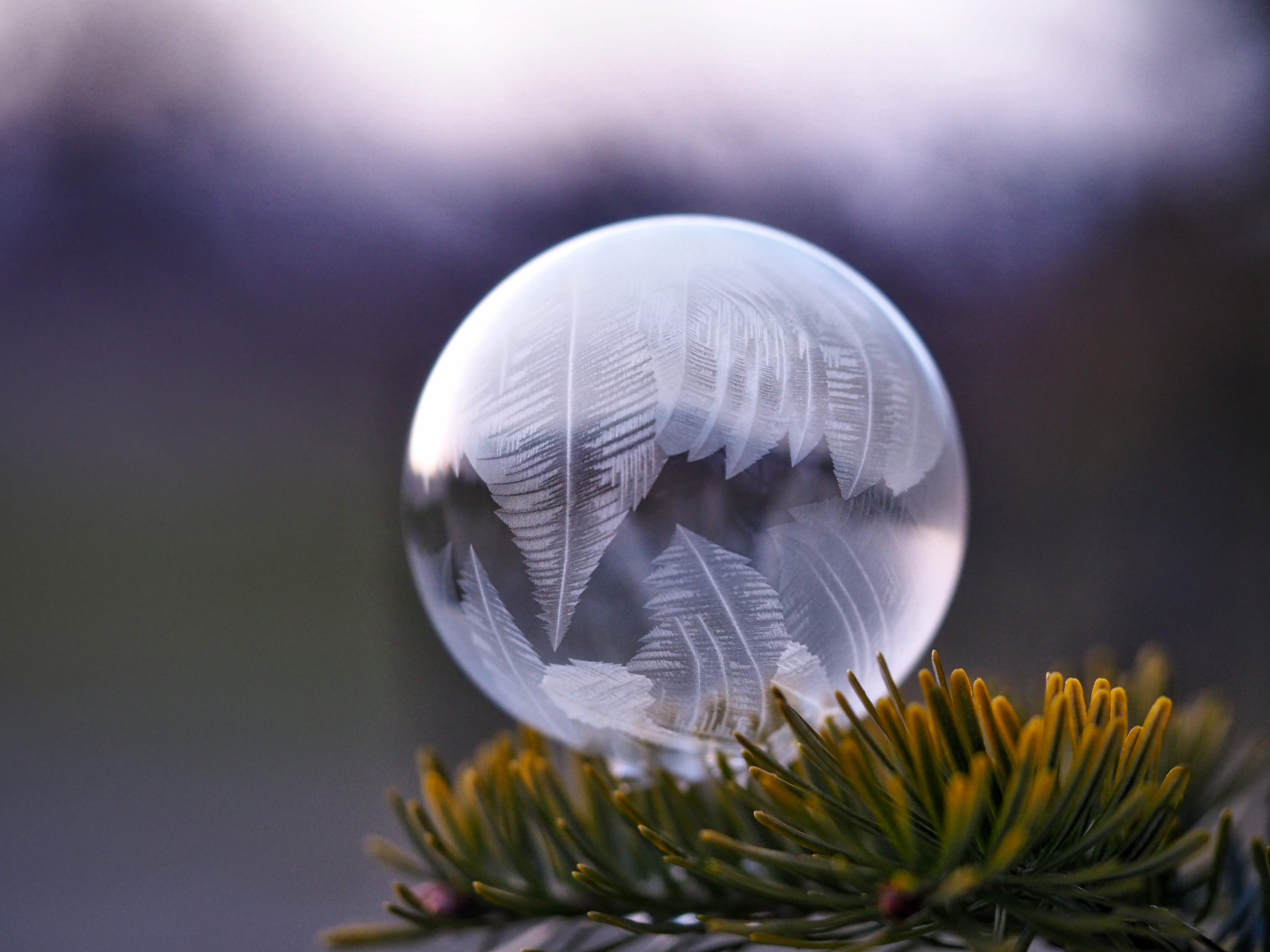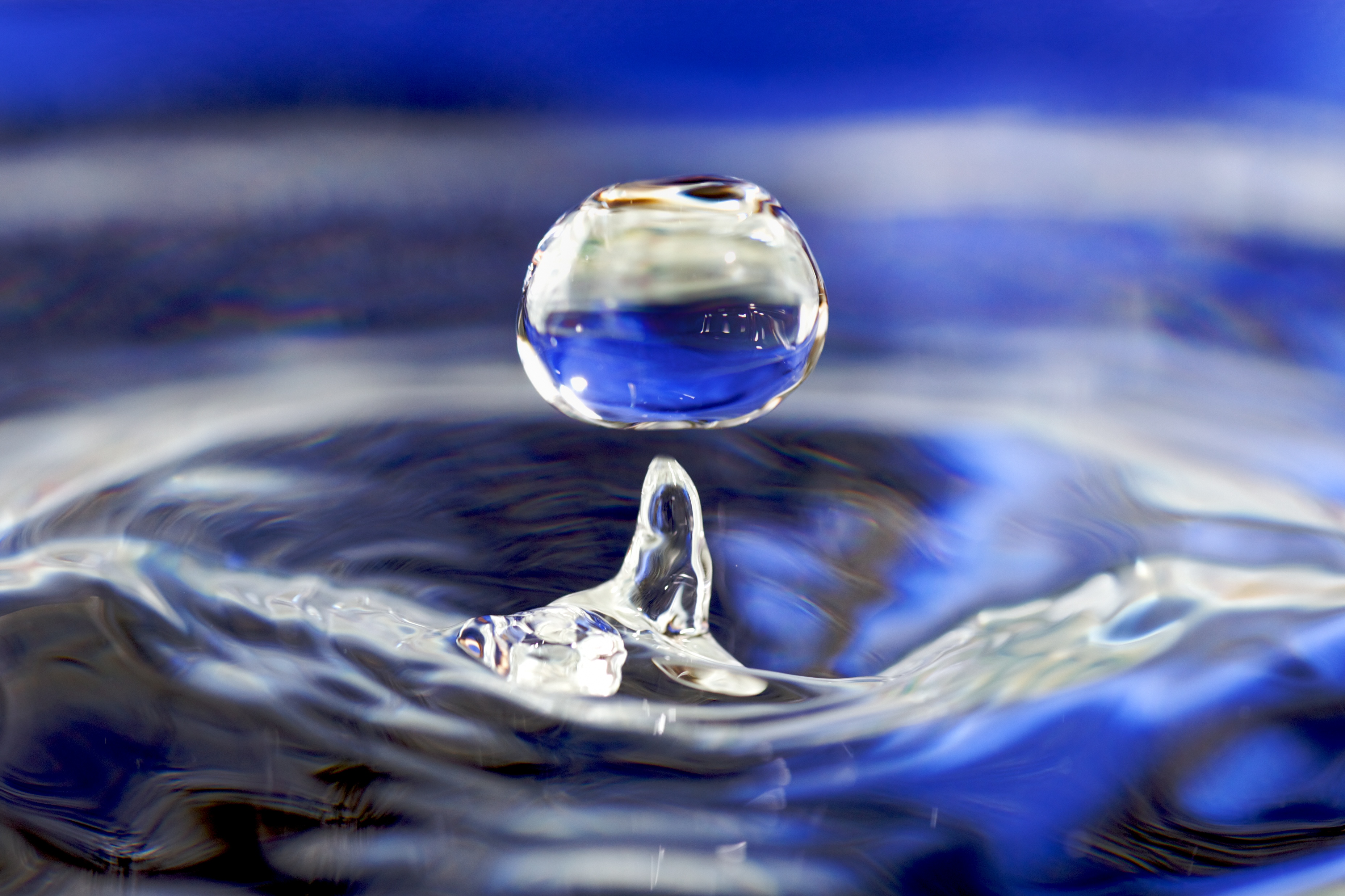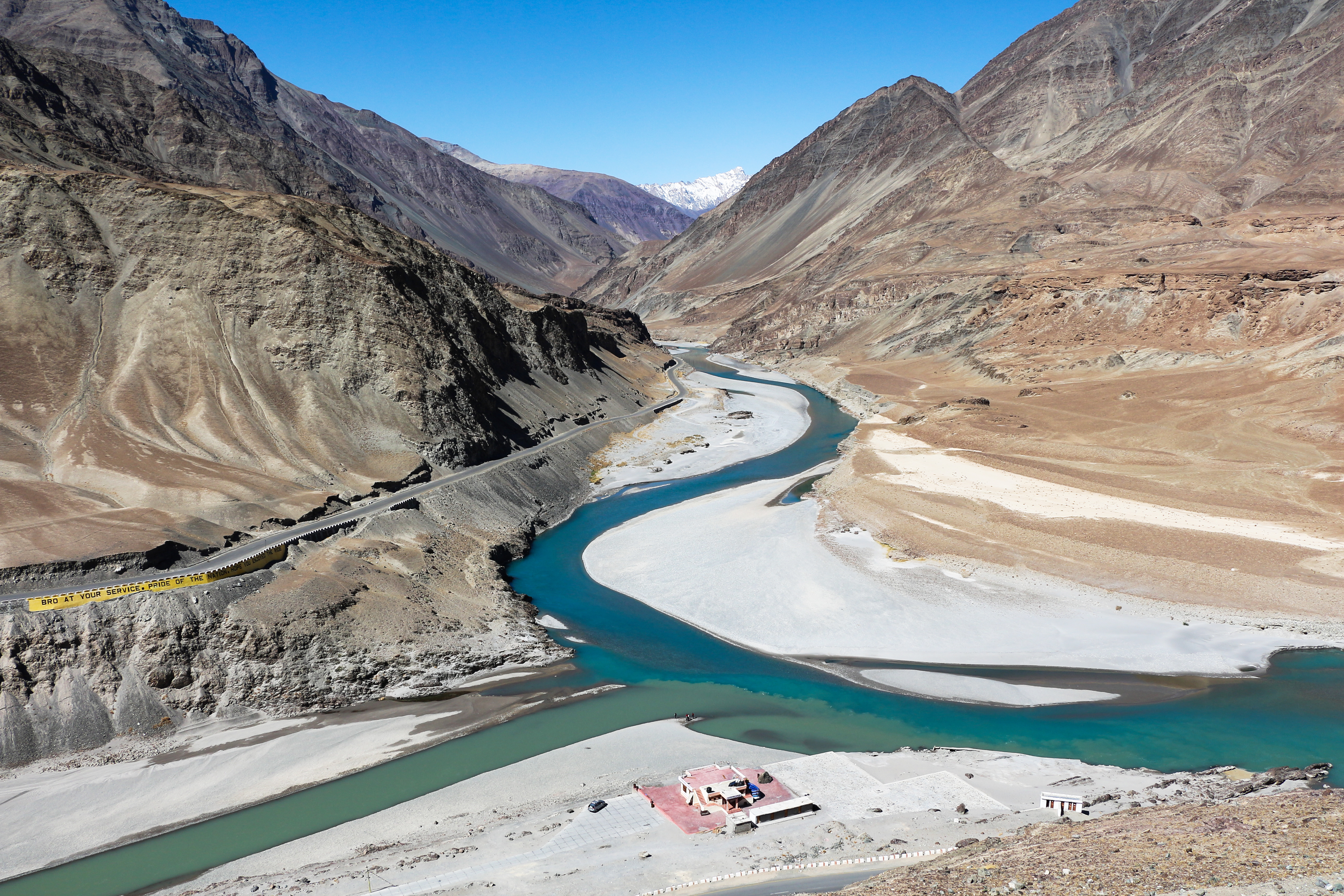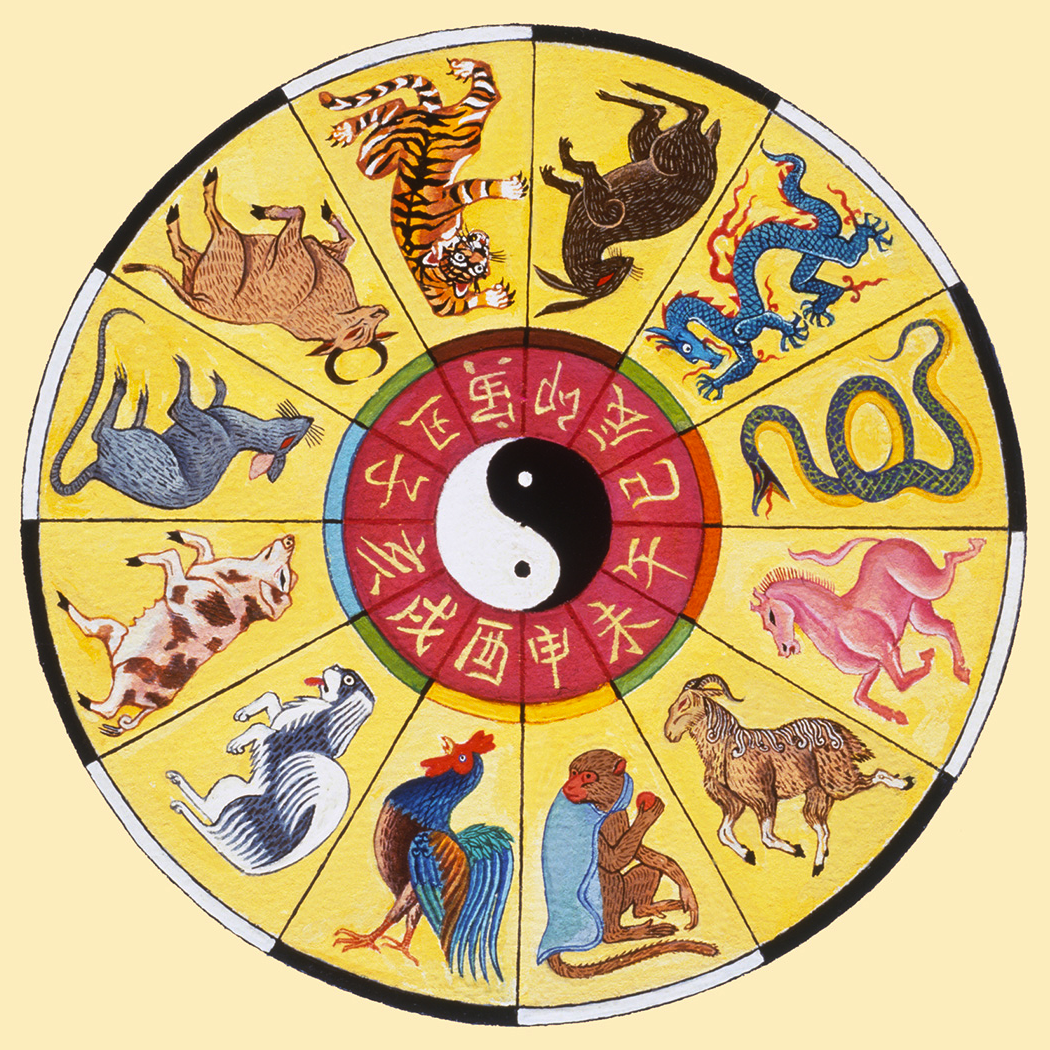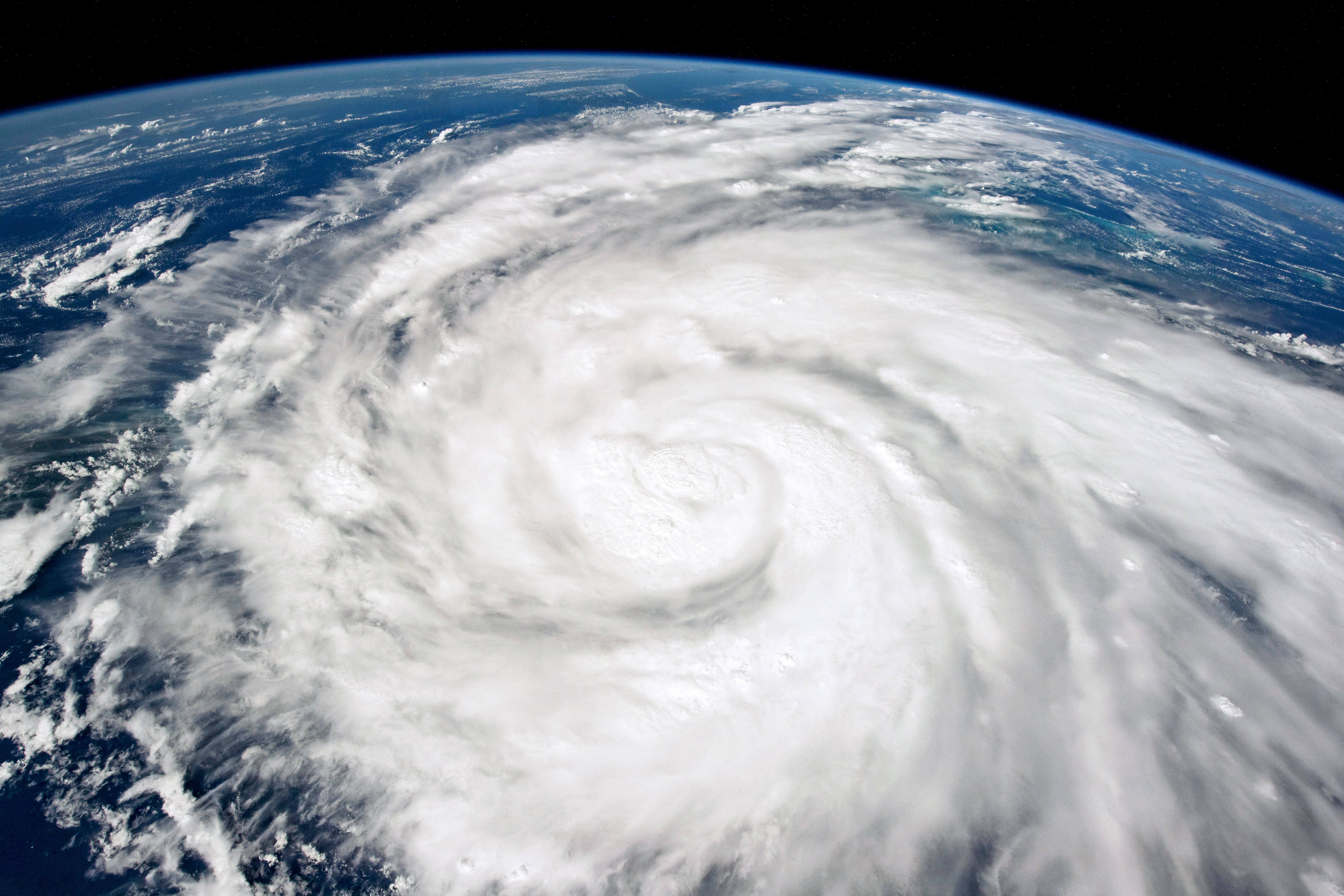
It’s obvious that sea level rise will threaten low-lying coastal areas. But more than 50% of all Earth’s coasts are cliff-lined. Are these higher elevations safe? Not really.
Climate scientists and city planners worrying about sea level rise have mostly focused on immediately vulnerable low-lying cities. That’s appropriate and urgent: more than one billion people may be displaced. It is also important to note that many of the world’s most important cities began as ports, at a time when shipping was the main means of global commerce. What will happen to powerful port cities like Amsterdam, Boston, Lagos, Rio de Janeiro, or Singapore – great port cities that continue to attract businesses and residents? Lagos leads Africa in the number of innovation start-ups. But building more offices and apartments stresses already-dense ports, making these cities more vulnerable to sea level rise and coastal flooding.
But rocky, cliff-lined coasts have been neglected. Because cliffs make up more than 50% of the world’s coasts, their erosion is also of importance. It’s just been harder to see. Until now.

Recent studies show that sea level rise will likely accelerate rock coast cliff retreat rates. A team including Bethany Hebditch, Matthew Piggott, Dylan Rood, Alexander Seal, and Jennifer Shadrick, from the Department of Earth Sciences and Engineering, Imperial College, London, UK, as well as Klaus Wilcken of the Centre for Accelerator Science, Australian Nuclear Science and Technology Organization (ANSTO), Sydney, Australia, and Martin Hurst of the School of Geographical and Earth Sciences, University of Glasgow, UK developed a coastal evolution model based on cosmogenic radionuclide (CRN) and topographic data that quantified cliff retreat rates. With a Janus-like long view, the model gazes back 8,000 years and uses that data to forecast the next 100 (and beyond).
Models can be helpful. Developed by Alan Trenhaile, Department of Earth Sciences, University of Windsor, Windsor, Ontario, Canada, one model looks at cliff retreat and broken waves attacking the coastal cliff, resulting in erosion. Another model by a team including Lorenzo Mentashi and Luc Feyen and Jean-Francois Pekel of the European Commission, Joint Research Centre (JRC), Directorate for Space Security and Migration, in Ispra, Italy, as well as Michalis Vousdoukas, of the JRC and the Department of Marine Sciences, University of the Agaean, Mitilene, Lesbos, Greece, and Evangelos Voukouvalas of the Engineering Ingegneria Informatica, Rome, Italy is the Soft Cliff And Platform Erosion (SCAPE) that predicts erosion of soft cliffs. Other models like 1-D examine wave force, but they are based on historical observations and we all know that things are changing. Actually, no one thing causes cliffs to erode and retreat: it’s a combination of tides, currents, waves, air and water temperatures.

The UK/Australia study team focused on two sites in the United Kingdom (UK): Bideford in north Devon and Scalby in Yorkshire. Here’s what they found. At both sites, cliff retreat matched late-Holocene sea level rise. They also noted that cliff retreat is more sensitive to the rate of sea level rise increase than to its magnitude. Conclusion? Cliff erosion is “dominated” by waves; cliff retreat is linked to the rate of sea level rise. As climate change drives sea level rise, “cliff positions are likely to retreat by at least (10-14 meters) at Bideford and (13-22 meter) at Scalby. These rates of cliff retreat are two times greater than any previous estimates and as an order of magnitude greater when compared with the past half millennium.

We once thought of rock cliff coasts as unchangingly stable. They are just slower. From the White Cliffs of Dover, England, made of finely grained, chalky limestone, to the coastline of the Santa Lucia Mountains in Big Sur, California, iconic cliff coasts may be changed through sea level rise. Some locations, like Puerto Escondito, Oaxaca, Mexico have both low-lying beaches like surfing favorite Playa Zicatela not far from cliff-lined beaches like Playa Carrizalillo. Protective measures for seaside cliffs include anchoring (by means of terraces, planting, or even wiring) or dewatering (draining water flowing into nooks and crannies), or engineered smoothing at the base reinforced by granular material. Most coastal cliff erosion happens at the bottom where waves attack and weaken the structure.

The next time you enjoy a panoramic ocean view from atop a promontory, consider your ideas for shoring up coastal cliffs.
City of Boston. “Climate Ready Boston Executive Summary.” https://www.boston.gov/sites/default/files/file/2023/03/2016_climate_ready_boston_executive_summary_1.pdf
SCAPE. “Resilient Boston Harbor Vision – SCAPE” https://www.scapestudio.com/projects/resilient-boston-harbor-vision/
Shadrick, Jennifer R., et al., “Sea-level rise will likely accelerate rock coast cliff retreat rates” 18 November 2022. Nature Communications 13, 7005 (2022). https://doi.org/10.1038/s41467-022-34386-3
Sivaprasad, Dave. “Mangroves, Storm Walls and Other Ways to Protect Coasts from Climate Change.” 26 April 2023. Boston Consulting Group (BCG). VIDEO. https://www.bcg.com/videos/protecting-coastal-communities-impacted-by-climate-change
Trenhaile, Alan.S. “Modeling the development of wave-cut shore platforms.” 15 May 2000. Marine Geology 166,163-178.
Trenhaile, Alan.S. “Predicting the response of hard and soft rock coasts to changes in sea level and wave height.” 22 February 2011. Climactic Change 109-599-615. http://doi.org/10.1007/s10584-011-0035-7 and https://link.springer.com/article/10.1007/s10584-011-0035-7
Young, A. and Carilli, J. “Global distribution of coastal cliffs and retreat rates.” EP23C-EP22336(2018)
Young, A. and Carilli, J. “Global distribution of coastal cliffs. Earth Surf Process Landforms 44:1309-1316. https://doi.org/10.1002/esp4574
Note: we have named all the team members, above in the post, to value each one’s contribution that is seldom recognized when listed as “et al.”
Building the World Blog by Kathleen Lusk Brooke and Zoe G. Quinn is licensed under a Creative Commons Attribution-NonCommercial-NoDerivs 3.0 U




